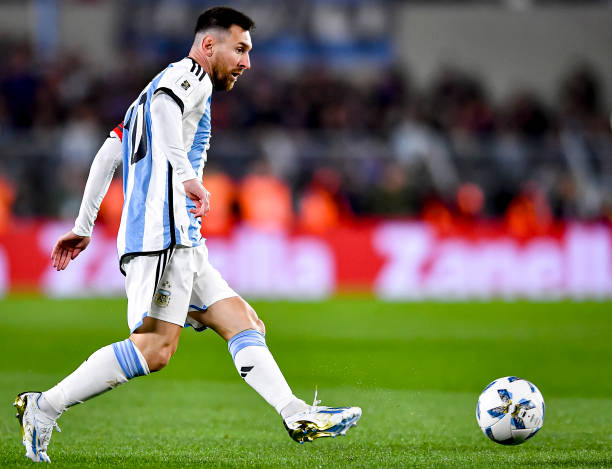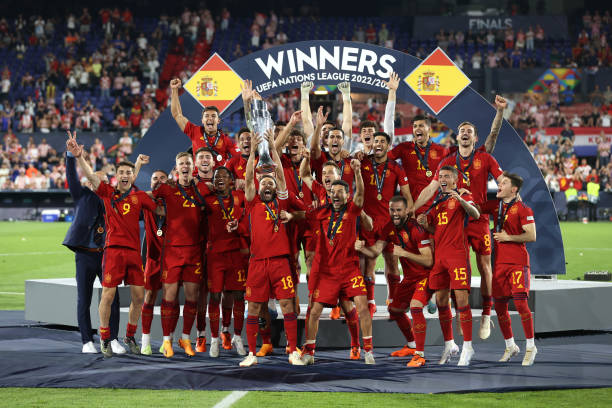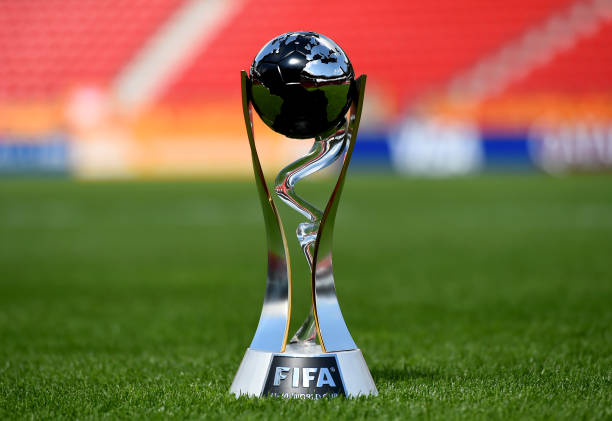The greatness of the Italian team is not in dispute since its four FIFA World Cups and its two Euros speak for themselves, not to mention the great quality of the excellent players that the Azzurra has had throughout its history. However, in recent years, Italy has shown an inconsistent face in the main tournaments in which it has participated, becoming champions of the 2020 Euros and not qualifying for the 2018 and 2022 editions of the FIFA World Cup.
At the club level, there has been an increase in the gap that separates the most important Italian clubs from the rest of the top clubs in Europe, something that can be exemplified in that only two of the last 10 UEFA Champions League finals have had an Italian representative, in both cases, it was Juventus and in both cases, they were defeated.
In this sense, focusing on the clubs, where the vast majority of the players of the Italian national team come from, we can see that there is a considerable presence of foreign players in the youth teams of the Italian clubs, which limits the development of the Italian youth players. At the same time, Italian clubs rarely use young players from their youth teams, making it difficult for Italy to produce a relief generation with enough quality and experience at the highest level to be as competitive as its history demands.
Thus, the Italian head coach, Roberto Mancini, along with his staff and the Italian Football Federation, has devised a project in which they are looking for Italian players or players eligible for Italy who are in other countries to broaden the spectrum of talent. An example of this was Wilfried Gnonto, an Italian winger of Ivorian origin, who was called up while playing for FC Zurich in Switzerland, at just 18 years old and thanks to his performances with Italy he became known in the world, which led to Leeds United signing him and now he is playing regularly in the Premier League.
Due to Italian immigration to Argentina during the 19th and 20th centuries made the South American country a more than attractive source of talent for the Azzurra since an important part of their population has Italian roots, which facilitates their nationalization process. Hence, historically, there are many cases of Argentine footballers who have played with the Italian national team: Omar Sívori, Franco Vásquez, Gabriel Paletta, or the best-known case, Mauro Camoranesi (who was even a World Cup winner with Italy in 2006) are some of the names of Argentinian players who decided to play with Italy.
For the recent international break, Mancini, to the surprise of many, called Mateo Retegui, striker of the Argentinian club Tigre, for the qualifying matches for Euro 2024 against England and Malta. Retegui has had a very good season being the top scorer in the Argentine tournament in 2023 and in his two debut games with Italy he scored a goal. Unlike other Italian strikers who are not having regular playing time or are injured, Retegui is in a very good moment of form and becomes a valid alternative for Mancini. For the under-21s team, Italy did something similar, calling up Bruno Zapelli, a 20-year-old midfielder who plays for Belgrano. Unlike Retegui, Zapelli could still play with the Argentine team since FIFA allows it until he makes his debut in an official match with the senior team.
In addition to those already named, it is rumoured that Italy is interested in repeating this type of call-up with other players born in Argentina such as Giuliano Galoppo (Sao Paulo), Nicolás Capaldo (Red Bull Salzburg), Tomas Badaloni (Godoy Cruz), Pedro de la Vega (Lanus) and Marco Di Cesare (Argentinos Juniors). Just as there are cases like Retegui who accepted Mancini’s call, others like Marco Senesi had to decide between Argentina and Italy before the 2022 Finalissima and opted for the South American team.

Must See
-
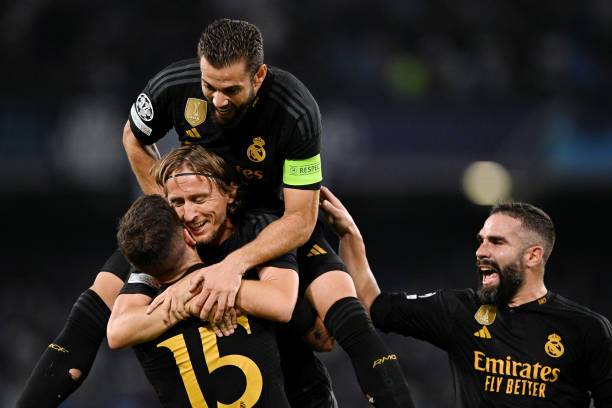

Champions League
/ 8 months agoChampions League – Matchday 2
Almost in the blink of an eye we reached the second day of the...
-
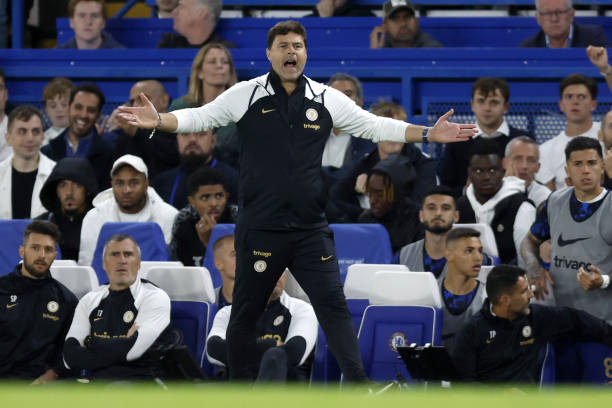

Premier League
/ 8 months agoThe bad start for Poch’s Chelsea
Since Todd Boehly’s arrival as club owner in the summer of 2022, Chelsea have...
-
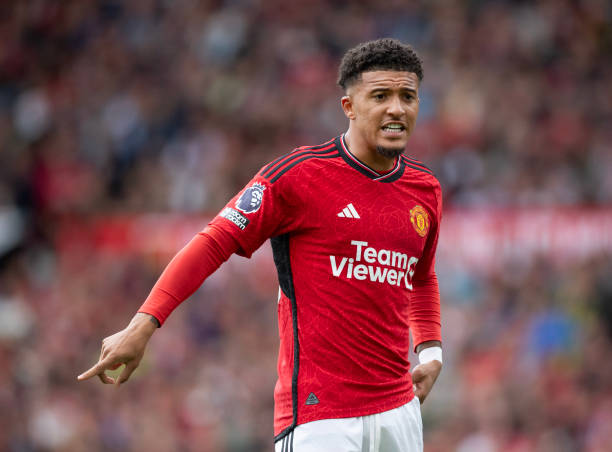

Premier League
/ 8 months agoJadon Sancho’s feud with Erik Ten Hag continues
Manchester United winger Jadon Sancho’s time at Old Trafford has been torrid, to say...
